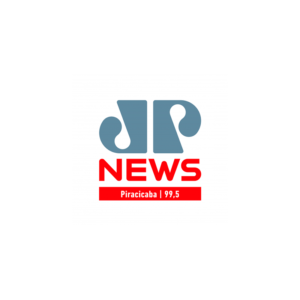Natália Tenório da Silva
Lawyer at Marcos Martins Advogados
July 27 is known as the National Day for the Prevention of Accidents at Work. The commemorative date marks the establishment by the Ministry of Labor of the National Plan for Worker Appreciation, as well as the compulsory provision of occupational medicine and occupational safety engineering services in companies with one or more employees.
The purpose of the date is to alert employers, governments and civil society to the importance of habits that reduce the number of work-related accidents and illnesses, as well as to encourage healthy practices in all productive sectors.
Brazil is one of the countries with the highest number of formal workers injured or off work due to occupational illness, not to mention the fact that there are thousands of occupational accidents that result in death every day. Brazil is ranked 4th in the world by the International Labor Organization (ILO).
There are various measures that companies can adopt to prevent or reduce these incidents, such as:
- map the occupational risks to which the employer is exposed on a daily basis;
- providing, instructing and supervising employees in the correct use of individual and collective safety equipment;
- observe the correct replacement and periodic replacement of safety equipment;
- monitor and comply with the periodic and preventive maintenance schedule for machinery, equipment and vehicles;
- investing in training and capacity building related to work safety;
- establishing internal programs of action and policies to prevent accidents at work and occupational illnesses, together with the Safety Team and HR;
- promoting periodic medical examinations, among others.
The adoption of occupational health and safety protection measures not only reduces accidents at work and promotes a safe and healthy environment, but also helps to avoid having to pay large amounts of compensation in the labor courts, since contingent labor liabilities not only have an impact on companies in the economic context, but also directly affect the value added to the company in the competitive market.
It is of the utmost importance that the company invests in preventive occupational health and safety measures, but that it also takes care to document all occupational safety policies, since it is the employer’s responsibility to prove through books, records or an electronic system that it has provided protective equipment duly approved by the national body responsible for occupational health and safety, as well as demonstrating that it supervised its use and that it was appropriate and sufficient to neutralize agents that could threaten occupational health and safety.
Although many companies already understand the importance of maintaining a safe working environment, there is still a lot of negligence when it comes to recording and documenting the initiatives carried out. A number of companies incur significant losses in compensation from labor claims and social security lawsuits, simply because they are unable to prove to the courts that they have already implemented the recommended protective measures.
For this reason, the company must analyze how it can avoid more serious problems, taking into account the particularities of its operations, adopting relevant measures to prevent accidents at work and occupational illnesses, but without neglecting internal controls with documentation, since these are an important means of proof for verifying compliance with labor legislation and reducing the imminent risks that documentary irregularities pose.
Legal intelligence in this monitoring and in the implementation of protective measures for the company is fundamental, ensuring that all legal measures are being observed in order to minimize lawsuits and the unwanted damage caused by labour liabilities.







